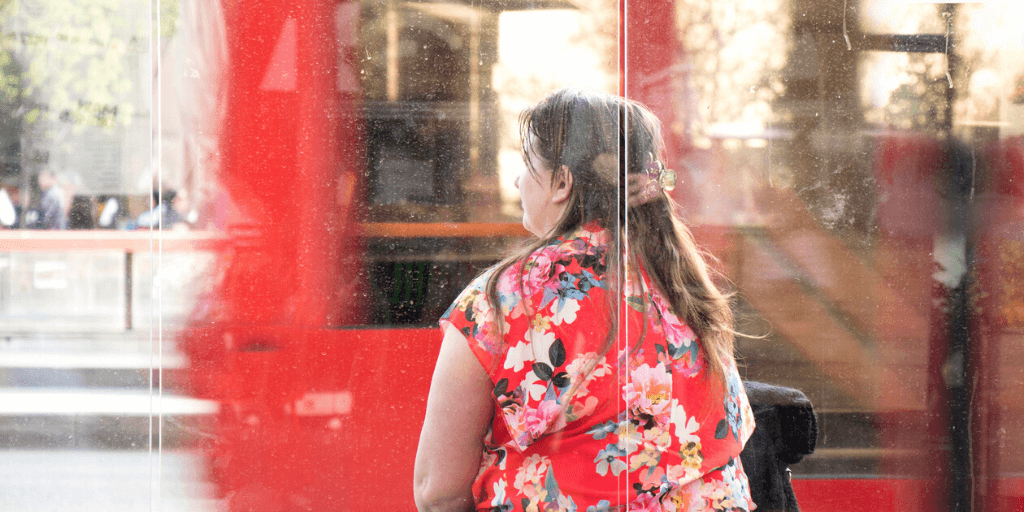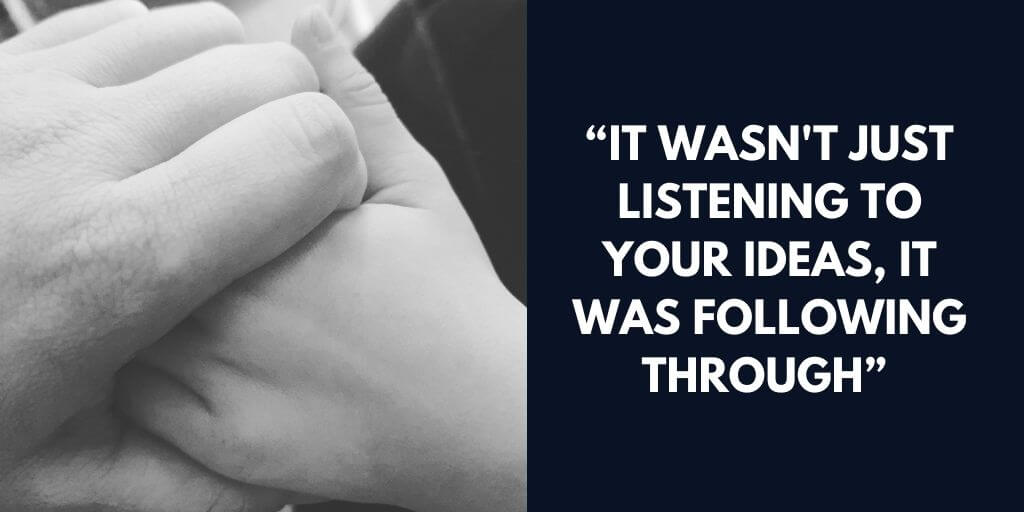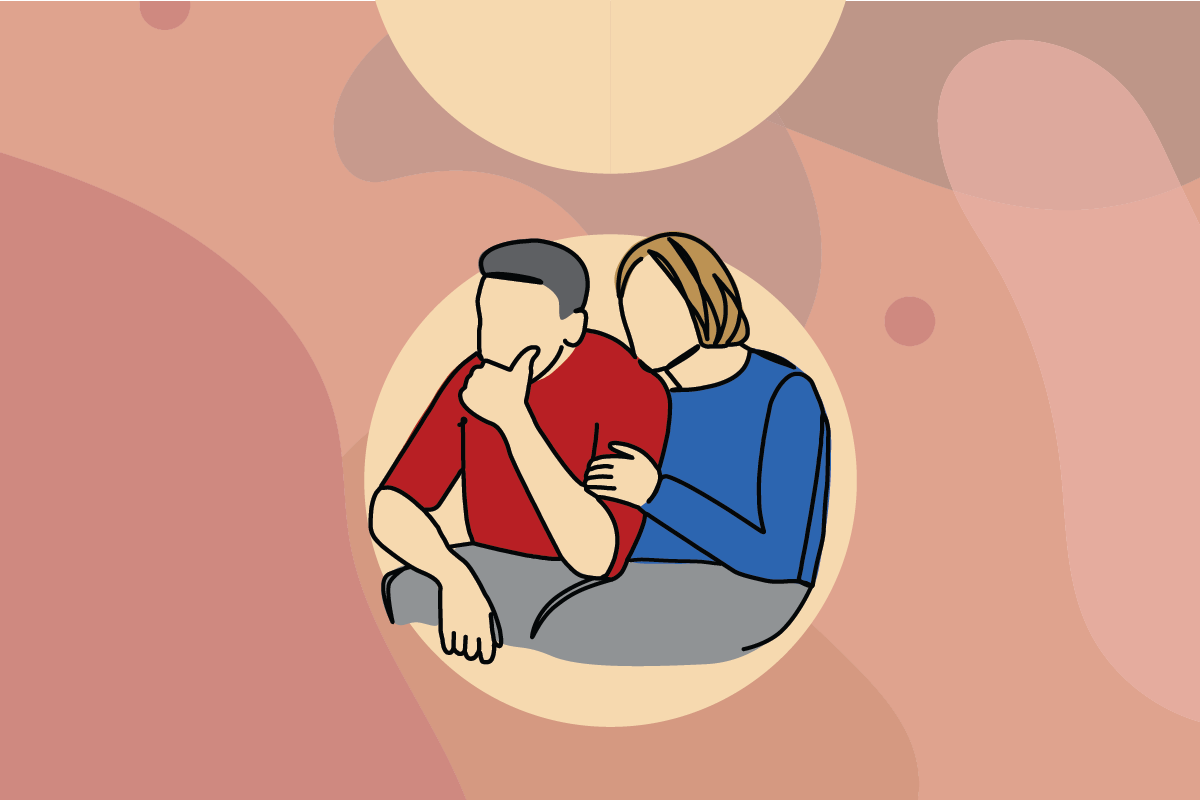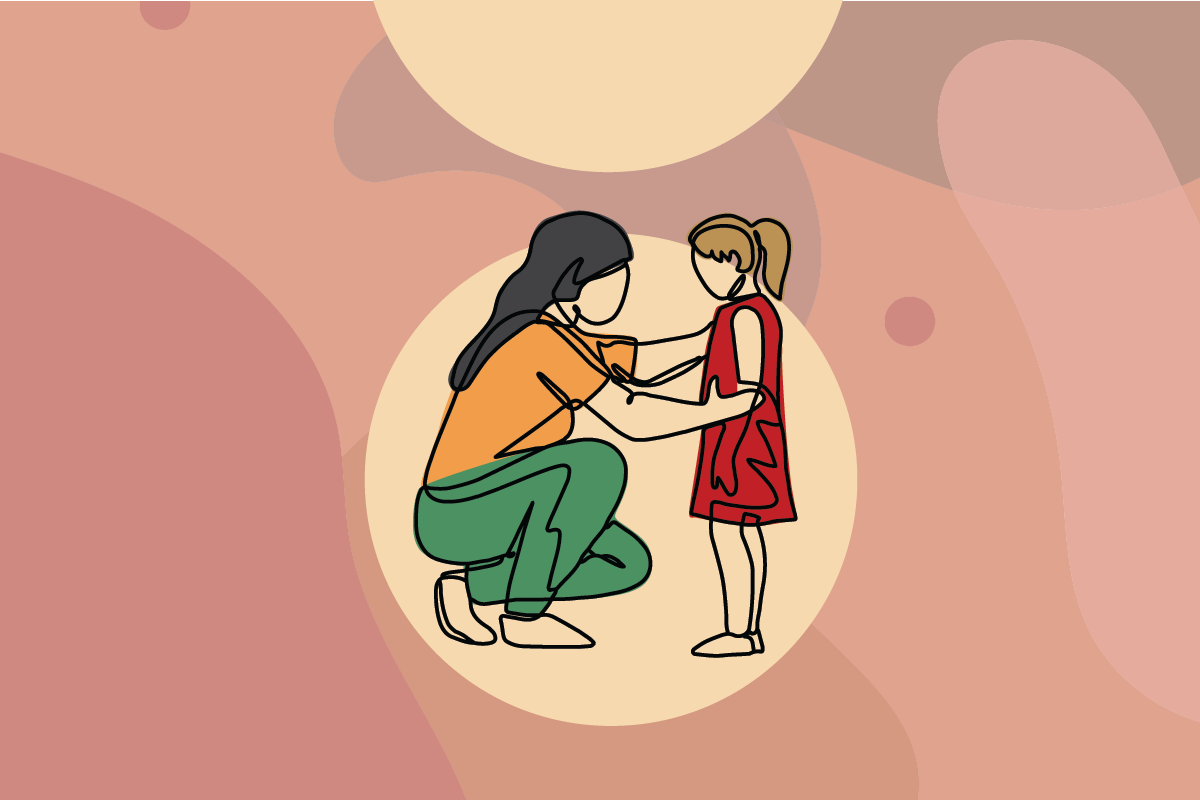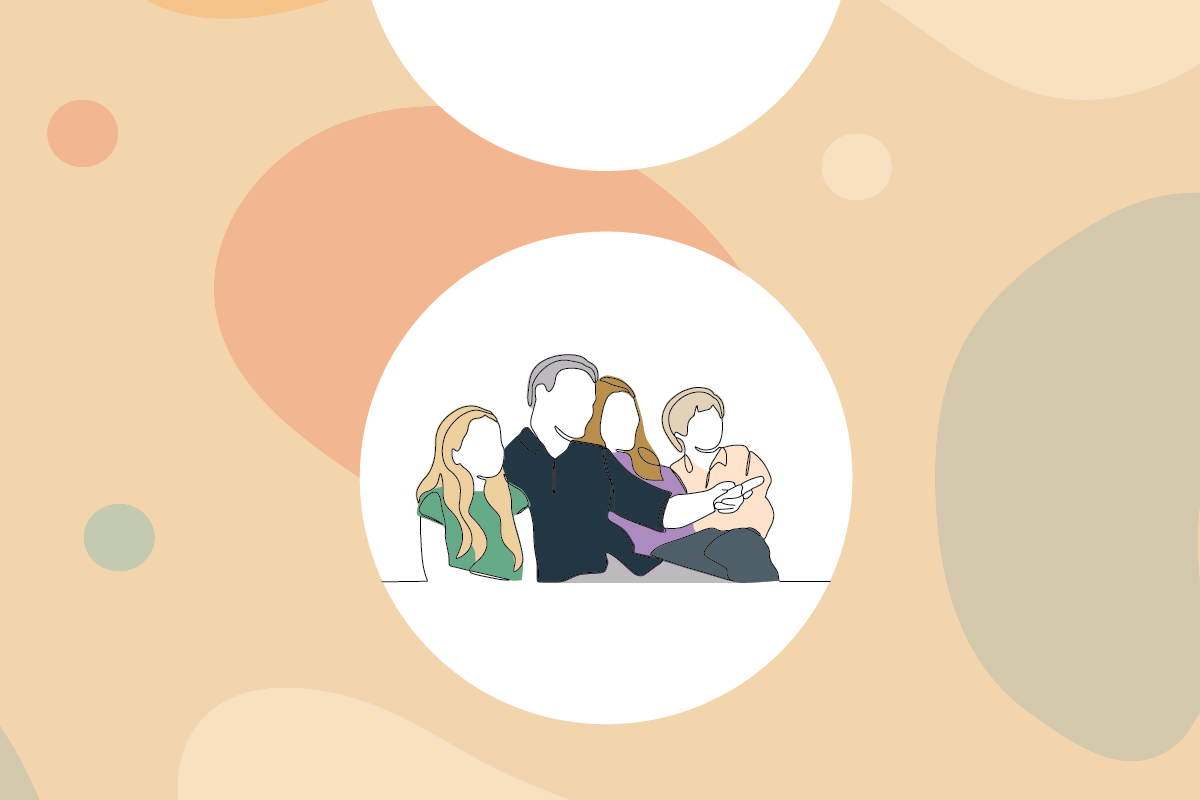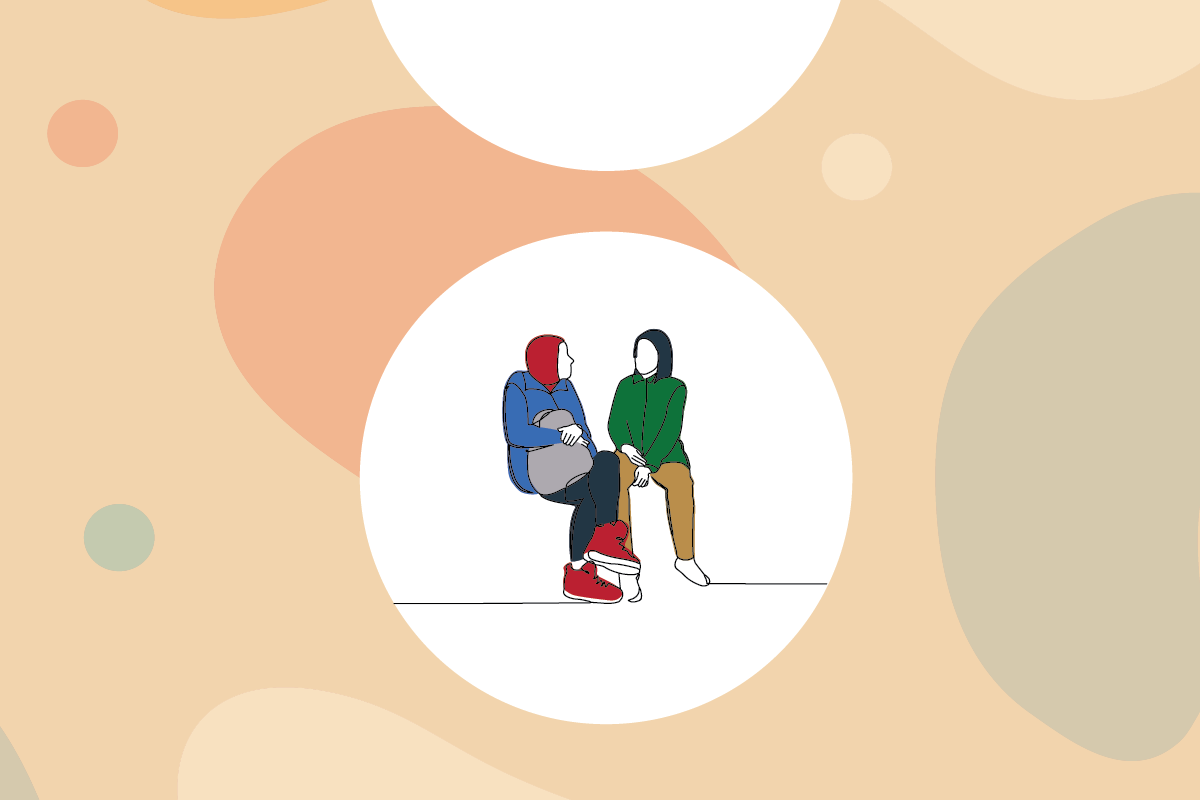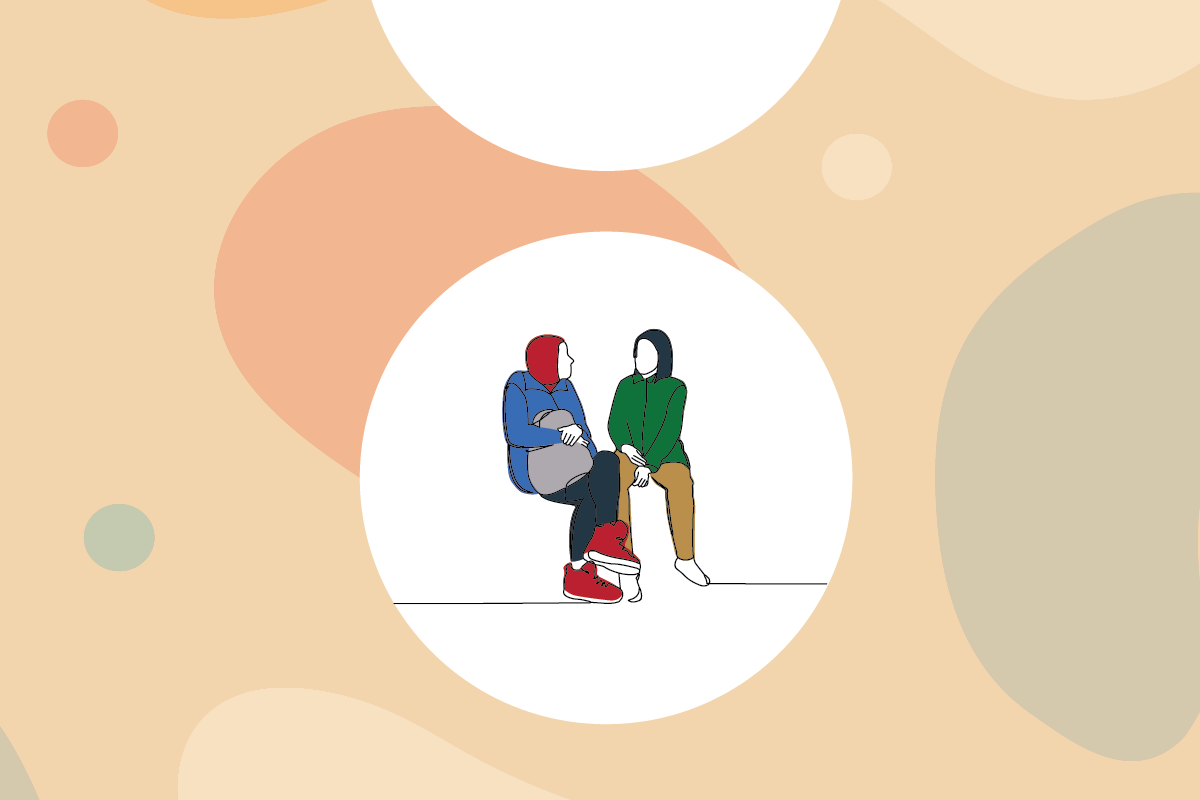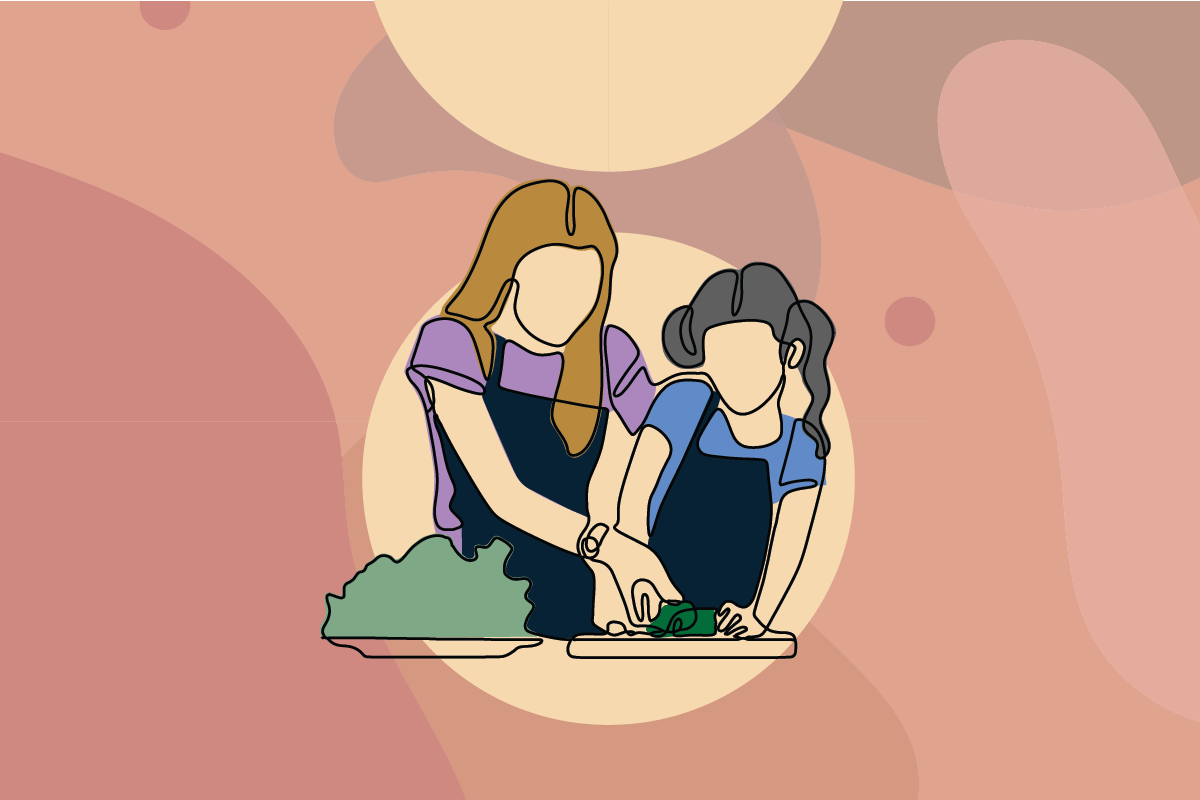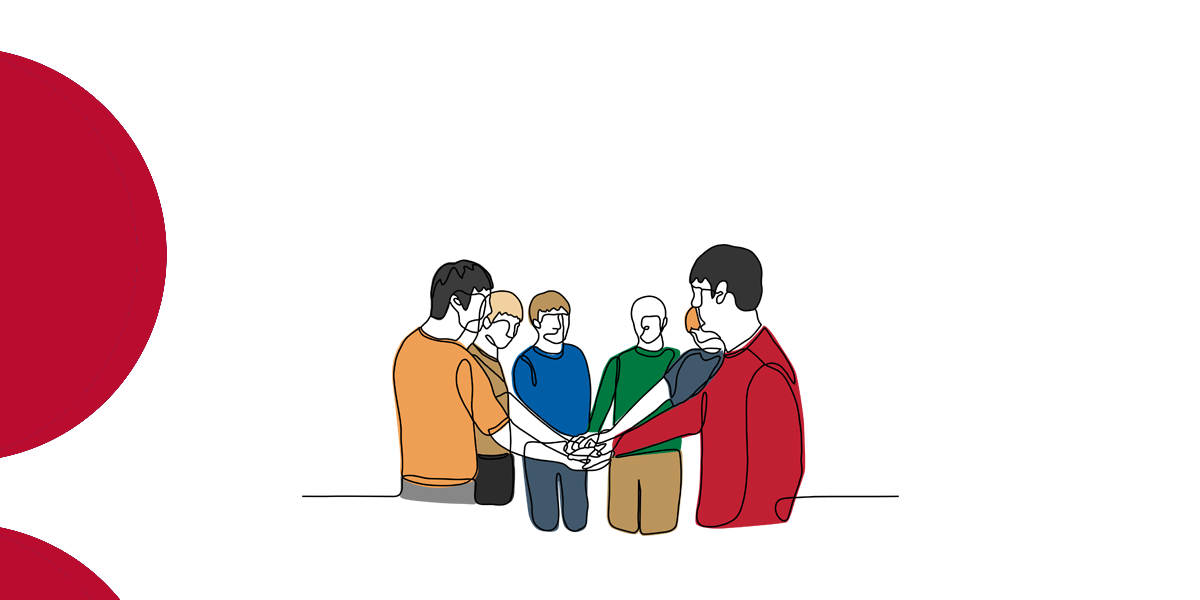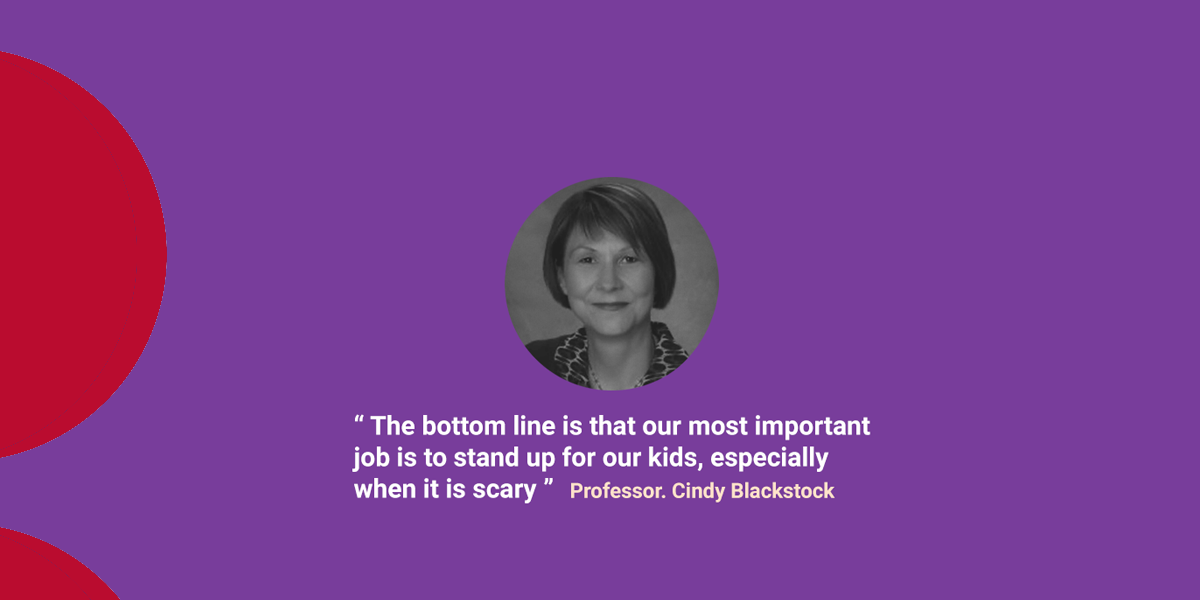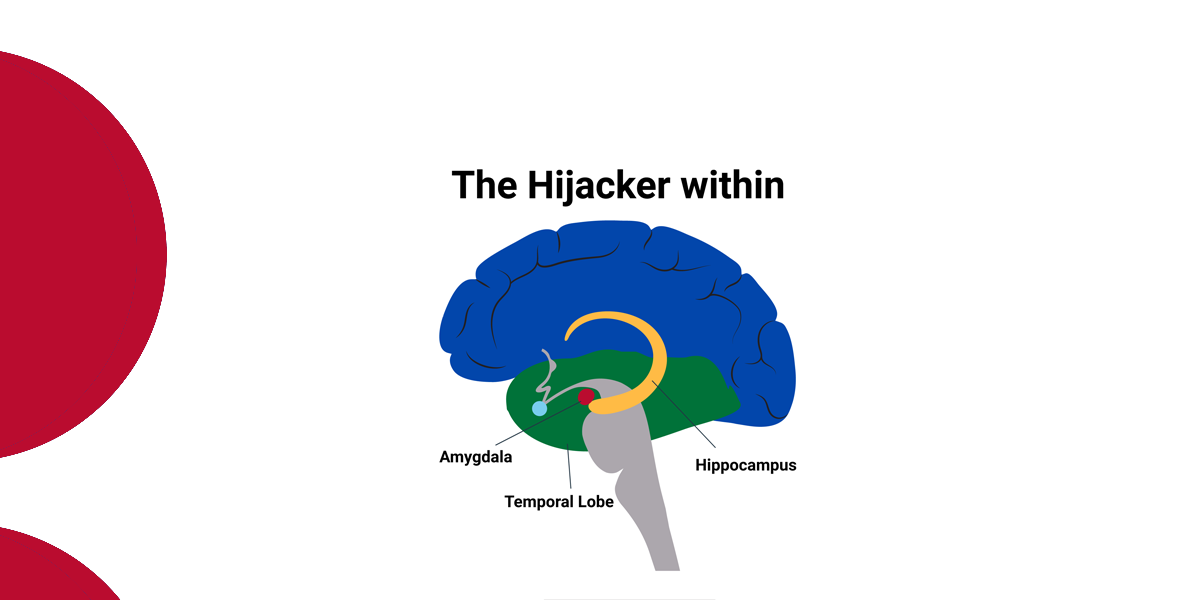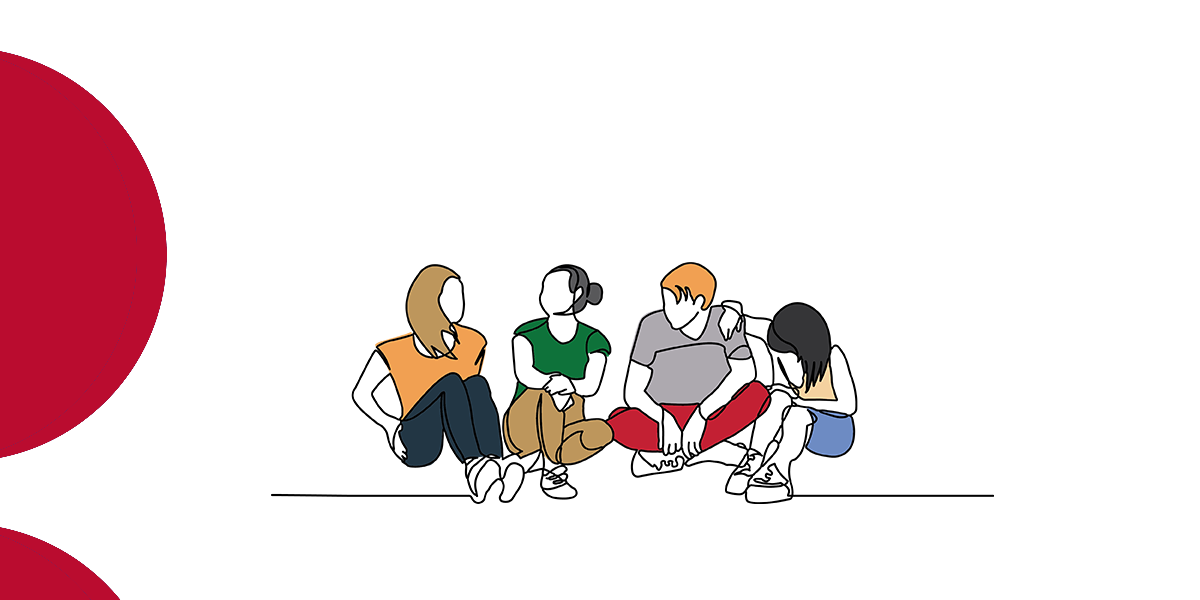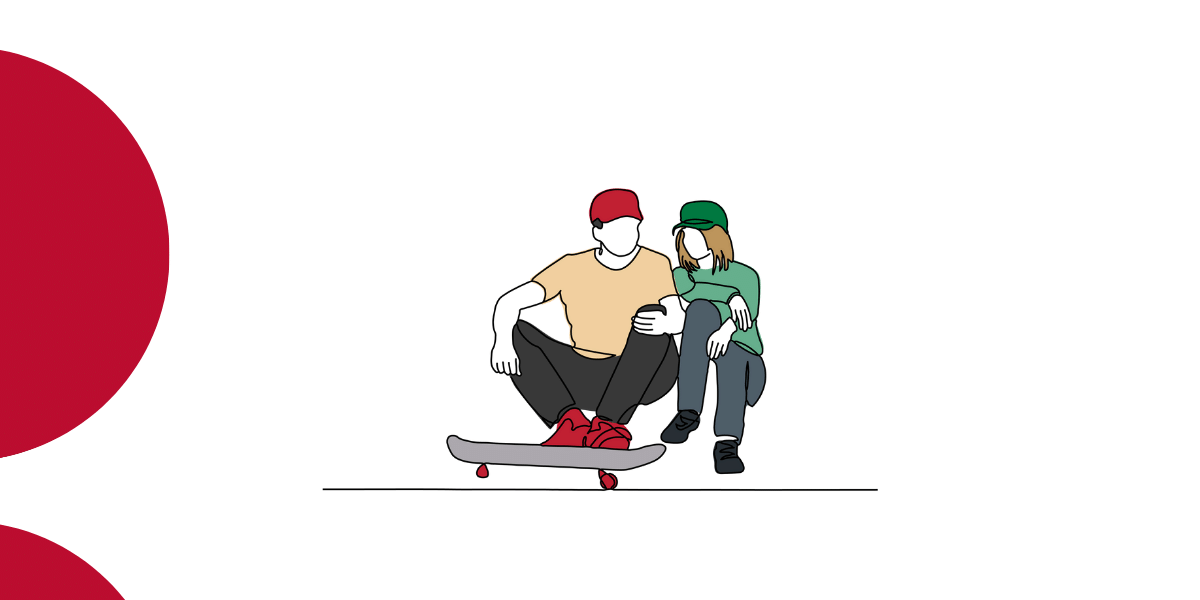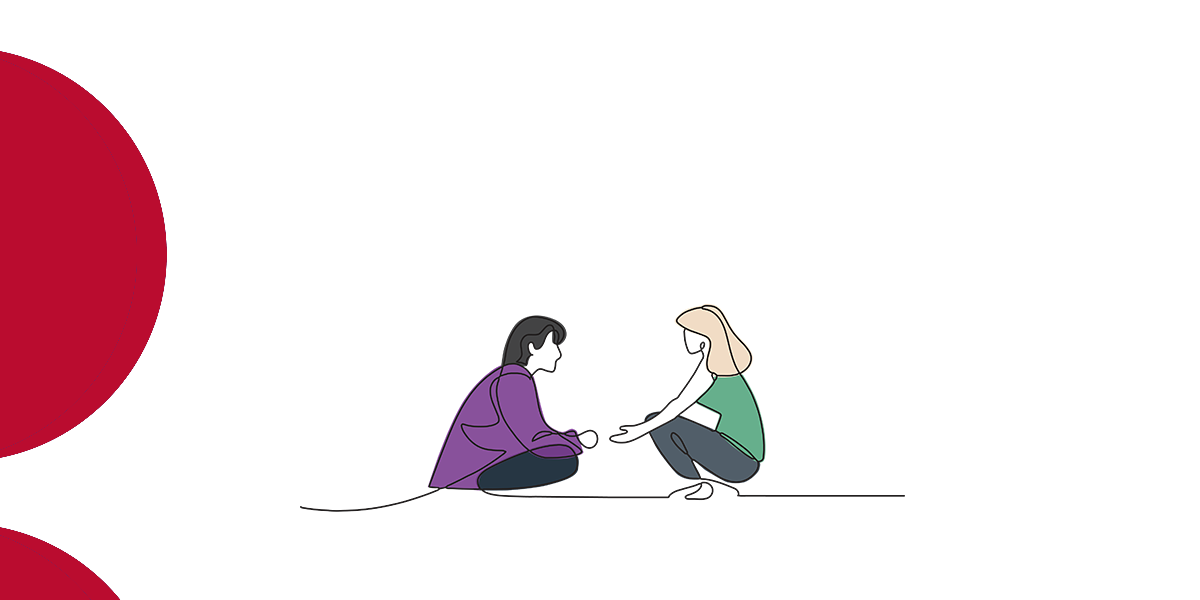10 ways to enable young people’s participation in therapeutic residential care
Apr 2020
Written by Meaghan Vosz
In this blog, I’m keen to offer practitioners in therapeutic residential care some ideas about how to involve young people in decisions that affect their lives.
Many young people in residential care have negative experiences of participation. From not being adequately informed about the reasons for entry into care, to not being prepared for care planning processes, and from having their requests ignored when it comes to the frequency of contact with siblings and other family members, to where they live and go to school. It is easy to understand why some young people may withdraw, disengage or become cynical, feel helpless and have low self-confidence (Cashmore, 2002; Commission for Children and Young People, 2019; Reed, 2016). For a detailed examination of the literature, read our research brief ‘Enabling young people’s participation in residential care’.
Meaningful youth participation in residential care
I have come to realise that my voice is just as valuable as my peers. It has made me realise that I create change now rather than waiting for someone else to do it
Meaningful participation for young people in residential care is about:
- making decision processes transparent and accountable to young people,
- building young peoples’ capacities to participate, and
- being accountable to young people for listening, and taking their views seriously.
The benefits that come with authentic participation of young people include:
- increased sense of confidence and agency
- improved reunification outcomes
- improved social and emotional wellbeing
- improved safety
- enhanced skills for building relationships and social networking
- decision-making skills, and
- improved transitions from care (Glynn & Mayock, 2019; O’Hare, Santin, Winter, & McGuinness, 2016).
To achieve these outcomes participation needs to involve more than ‘having a voice’ or ‘having a say’. Four key concepts help to illustrate meaningful participation in residential care, that I talked about Young peoples’ participation is a right, not a privilege:
- Timely access to information – including accessible information about child protection and OOHC processes and decisions, court and administrative decisions, where and when they will live or go to school as early as possible.
- Space to form their views – including a safe environment, privacy and access to a support person, like a friend or trusted family member, and time to reflect.
- Having a say – including expressing views about every day and informal matters, case planning and formal court and administrative decisions.
- Being listened to – including being able to speak directly to people who can create change, taking their views seriously, and demonstrating how they influenced outcomes.
For more on international models of participation applied to therapeutic residential care, read our research brief.
A road map to work from
Below is a useful road map for practitioners linking these key concepts when working with young people in residential care, before, during and after participation:

Based on this road map, there are ten key practices that facilitate young people’s participation. These practices are drawn from research with young people in residential care.
10 ways to enable young peoples’ participation in residential care
- Recognise young people’s agency and capabilities to participate in all decisions that affect them.
Notice and show respect for the efforts they already make to access information, form and express their views, and to be heard in decisions that affect their lives. - Build cultural safety and inclusion in your relationships and organisation.
Start by supporting young people to call on a trusted friend, family or community member for support in care planning, administrative decisions and court proceedings. Whether young people identify their cultural background or not, practitioners can collaborate with Aboriginal Community Controlled Organisations (ACCOs) to develop an understanding of cultural protocols and learn how to practice respect, reciprocity and responsibility in the local community. For guidance on these practices, read SNAICC’s resources or consider one of AbSec’s Cultural Connections workshops). This practice also involves being inclusive of sexuality and gender diverse young people and creating an organisational culture that values neurodiversity, disability, religious and cultural diversity. Organisations like Twenty10 provide training for working with LGBTIQA+ young people, and CREATE Foundation provides resources for case workers, support workers and carers to build supported decision making with children and young people with disability in care. - Share information with young people
at all stages of child protection and care decision making, including legal, administrative and planning processes, as well as day-to-day informal decision making. This includes finding compassionate ways to communicate in language they understand, using communication devices, working with interpreters and making information available in easy-read formats. It includes sharing information with sensitivity, within trusted and inclusive relationships, and working to equalise power imbalances in relationships. Explain the decisions they can influence, and which ones they cannot. - Create space and time
for young people to reflect and consider their options and preferences, to weigh-up consequences and express ambivalence. Refrain from asking them to decide straight away and be clear about how you will take their views on board. Make sure they have a private space where they have control. Help young people to reflect, recognise their preferences and consider what’s important to them. During meetings like case planning, make space and time for their input, make meeting protocols youth-friendly, allow young people to change their minds, consult with them about where and when meetings happen, and make sure that they have a say about who attends. Provide or organise transport, make sure young people have eaten and are warm/cool enough. - Build young people’s capabilities to express their views
over time, recognising forms of expression that may be challenging. Understanding ‘disruptive’ or ‘challenging’ behaviour through a trauma-informed lens means seeing this behaviour as the expression of views, preferences and feelings. It can be an opportunity to build emotional tolerance, regulation and expression over time. Resist the urge to impose an agenda, but instead, adapt decision-making processes and give young people confidence they will be listened to. Be clear about the decisions that are not negotiable, like rules around safety and justice systems. CREATE Foundation builds young people’s skills for participation, advocacy and confidence, through the Speak Up Program, through which they learn about the care system, develop communication and advocacy skills, learn to tell their story the way that works for them, and connect with other young people. - Enable young people to express their views in a range of ways:
using interpreters, communication devices, and creative forms of expression. Group discussions and 1:1, processes that use art, crafts, music and storytelling all provide options for young people to explore their preferred ways of communicating. Where possible, reduce the formality of decision-making processes and environments, and support young people to contribute or lead discussion if they choose. - Support young people to make complaints, to self-advocate and take on leadership roles
where they choose. These processes not only realise their rights, they build young people’s knowledge about the systems and organisations that affect their lives through policies and decision making. A great resource is VOYCE New Zealand’s comic book about rights and advocacy in Te Reo Māori and English. - Listen well to young people.
Try to understand from their perspective; demonstrate empathy, compassion and warmth. Be honest, informal but professional, reliable and respectful. Show interest and feed back what you hear. Demonstrate that you can be an ally with everyday preferences, and young people may be more willing to trust with ‘bigger’ decisions. Participating can have emotional consequences, so try to debrief afterwards, recognising their efforts and strengths. - Take young people’s views seriously.
Prioritise, respect and value young people’s views; deeply consider what they say and the different perspectives it holds. Don’t make young people feel like their participation is a burden or a privilege; it’s their right. Consider what changes could be made to achieve their wishes. Engage young people to make plans that respond to their preferences and honour your commitments. Make case planning decisions and actions explicit, including conflict, and give young people copies. - Demonstrate the difference that young people’s participation has made.
Report back to young people about actions you have taken and discuss the change that has happened as a result. Recognise the changes they have enacted in their environment, relationships, care plans, administrative or judicial decision making, including the efforts they made that were not successful, and the traits they demonstrated. Clearly explain any actions or decisions that are in conflict with young people’s wishes, as well as appeals and complaint processes.
These practices require thought, supervision, support and training, so it’s important to recognise your skill and the work entailed in achieving young people’s participation. The list here is designed to support participation 1:1 and in groups with young people. The final blog in this series addresses the participation of young people in program design, service delivery and organisational governance.
Meaghan Vosz
Researcher, Centre for Excellence in Therapeutic Care
References
Cashmore, J. (2002). Promoting the participation of children and young people in care. Child Abuse & Neglect, 26(8), 837–847.
Commission for Children and Young People. (2019). ‘In our own words’: Systemic inquiry into the lived experience of children and young people in the Victorian out-of-home care system. Retrieved from https://ccyp.vic.gov.au/assets/Publications-inquiries/CCYP-In-Our-Own-Words.pdf
Dixon, J., Ward, J., & Blower, S. (2019). “They sat and actually listened to what we think about the care system”: the use of participation, consultation, peer research and co-production to raise the voices of young people in and leaving care in England. Child Care in Practice, 25(1), 6–21. https://doi.org/10.1080/13575279.2018.1521380
Glynn, N., & Mayock, P. (2019). “I’ve changed so much within a year”: care leavers’ perspectives on the aftercare planning process. Child Care in Practice, 25(1), 79–98. https://doi.org/10.1080/13575279.2018.1521378
O’Hare, L., Santin, O., Winter, K., & McGuinness, C. (2016). The reliability and validity of a child and adolescent participation in decision-making questionnaire. Child: Care, Health and Development, 42(5), 692–698. https://doi.org/10.1111/cch.12369
Reed, J. (2016). To improve outcomes for young people transitioning from statutory care to independence: an international perspective. Developing Practice: The Child, Youth and Family Work Journal, (44), 37–39.





